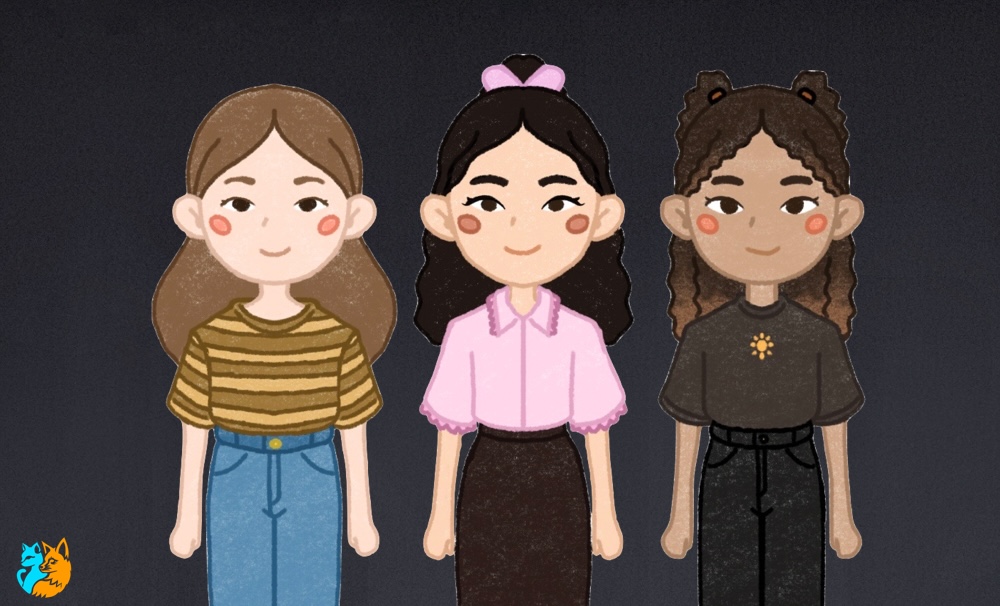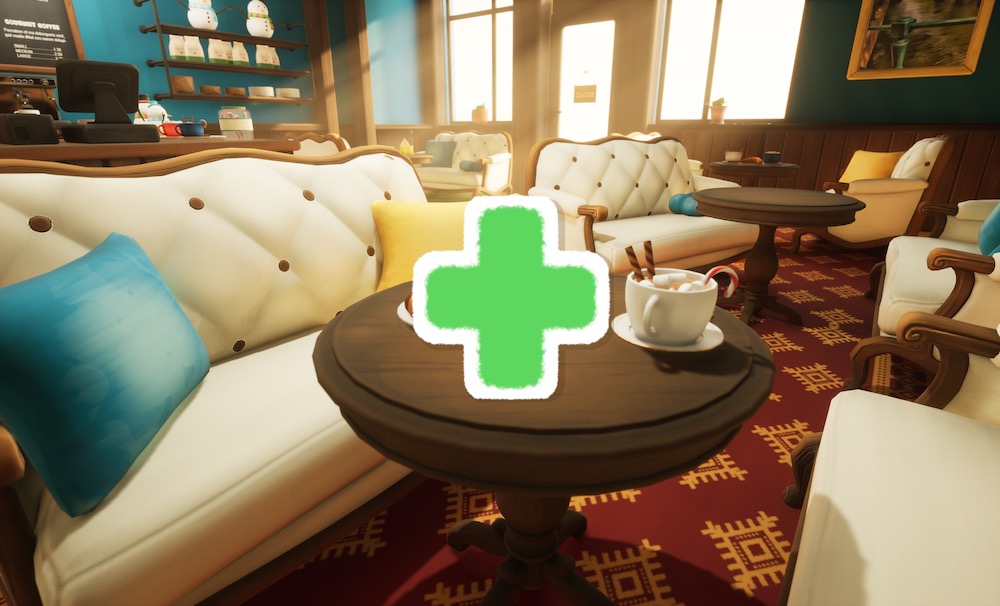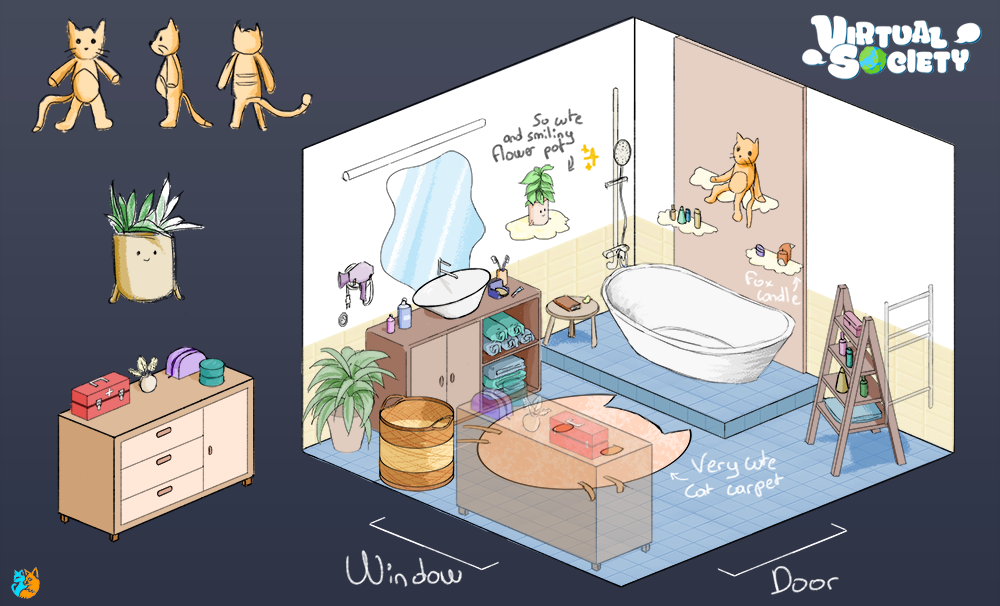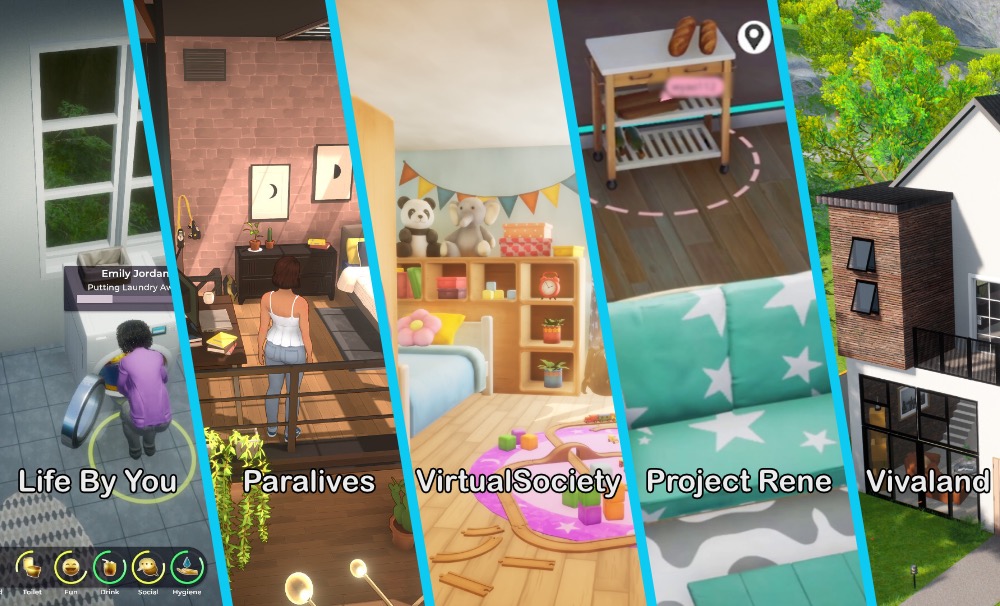Game design and dark patterns: where is the boundary?


|
|
Written by Clélie Amiot on 03/15/2024 PhD student in computer science - Lead Game Designer |
Game design and dark patterns: where is the boundary?
What are dark patterns ?
A dark pattern is a design element intended to deceive and manipulate a user against their interest. In our daily lives, we encounter them in the form of unsubscribing processes with too many steps designed to discourage us, or in privacy settings formulated and presented deceptively.
These practices are also found in video games, especially online games whose financial model typically requires a constant stream of revenue after the initial game release to regularly add new content and maintain servers. The goal of dark patterns is twofold: to encourage players to log on more frequently and for longer lengths of time to sustain an active player base and to prompt them to spend money (or, more commonly in mobile games, watch ads for the developer's profit).
Among the most common methods in video games, we can find:
- Grind or pay
This dark pattern is present in games where progression relies on many repetitive and uninteresting tasks that can be bypassed by paying. The game presents us with two options: spend our time or our money. In both cases, this investment makes us less inclined to stop playing, because of the sunk cost fallacy. - Daily quests and rewards
Those are not inherently abusive, but the sense of urgency they create can be misused. For example, if an uninterrupted series of game logins is required to avoid losing certain benefits, it is a dark pattern. It is also a dark pattern when a game leverages the player's sense of social obligation with guild quests, where missing a quest is detrimental to other guild members. In both cases, these implementation choices encourage addiction and the loss of players' control over their own time (for example, by prompting you to log in during your vacations or work hours). - Collections
Present in numerous genres, they extend the lifespan of games by capitalizing on the need for certain players to not miss anything (referred to as the fear of missing out or "FOMO"). The effect is heightened when collections can only be completed during limited-time events. Releasing new collections is also used to bring back players to a game they had previously completed, by spoiling their 100% completion rate.
How to create a game without dark patterns ?
To answer this question, we first need to distinguish between good game design and dark patterns. Indeed, the primary goal of game design is also to manipulate the player, and doing so using the same tools. Sometimes, implementing what might be considered dark patterns allows for a better gaming experience. Unconsciously guiding a player through a level by placing light sources in the right places is a form of manipulation. Modifying enemy AI to make the difficulty stimulating without being too challenging is deceiving the player about their true abilities. Developers also often need to make compromises. For example, using secondary currencies in an online store is a dark pattern because it obscures the real value of purchases. However, an intermediary currency can be earned in the game or given as a gift for certain events by the studio or friends.
Want to know more ?
Here are some sources that assisted in the writing of this article:
- Dark Pattern Games: a website listing dark patterns in video games and their definitions. The site also compiles reviews of mobile games and categorizes them based on the quantity of dark patterns present.
- Dark Patterns in the Design of Games: a brief scientific article defining the concept of dark patterns specific to video games.
- Behavioral design in video games: a report from the Trimbos Institute on the impact of game design on player behavior, accompanied by recommendations for responsible and ethical design.
- Don't be a Victim of Dark Patterns!: a video from Extra History explaining the blurry line between game design and dark patterns.
- Behavioural study on unfair commercial practices in the digital environment : dark patterns and manipulative personalisation: a report from the European Union on dark patterns in general.
|
|
Written by Clélie Amiot on 03/15/2024 PhD student in computer science - Lead Game Designer |
Read more

Meet Clélie, Mélissa and Chloé
Hi! For International Women's Day, we've chosen to prepare a short post about the three women in the team!
1 month ago

Modders' Opinion #1: Mod Distribution
�Hi! Mods and community content are super important for life simulation and sandbox games, like the Sims, Minecraft, or, of course, VirtualSociety! As we want to do things right, we started by askin..
2 months ago

Julien joins the team
Hello everyone! My name is Julien Pham, and I am in my third year of the Information and Communication program at the Campus of Letters and Humanities. Since January 8th, I have joined the VirtualSo..
3 months ago

Paralives, Vivaland, Project Rene: The Future of Life Simulation Games
Hi there! Do you also enjoy creating characters, building your house, and living a whole virtual life? From the early versions of The Sims to many more recent projects like Paralives, Vivaland, or L..
1 month ago
No comment yet
You must be logged in to commentLogin